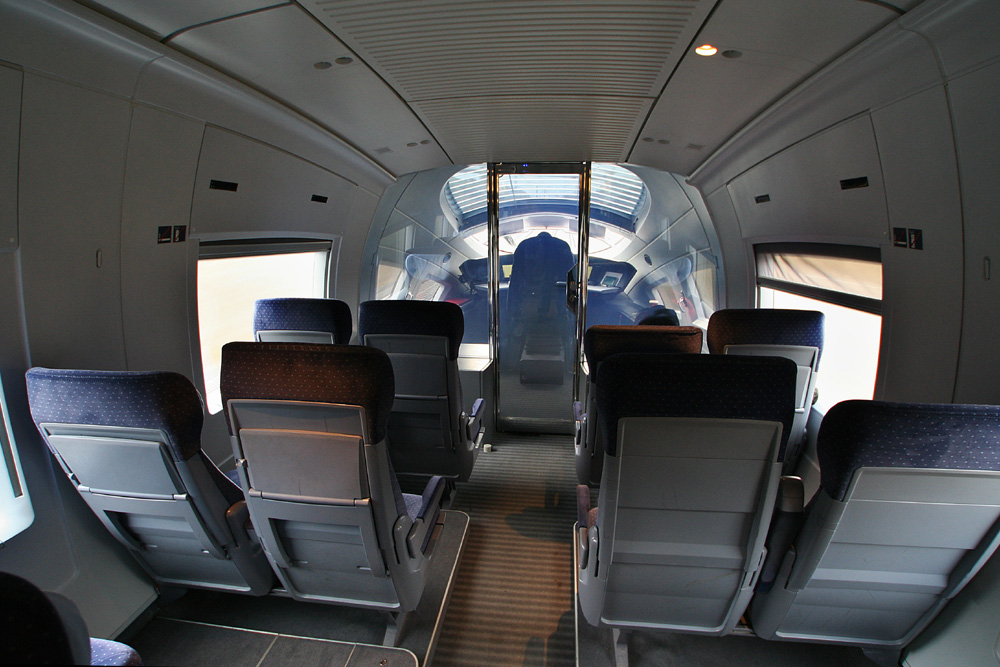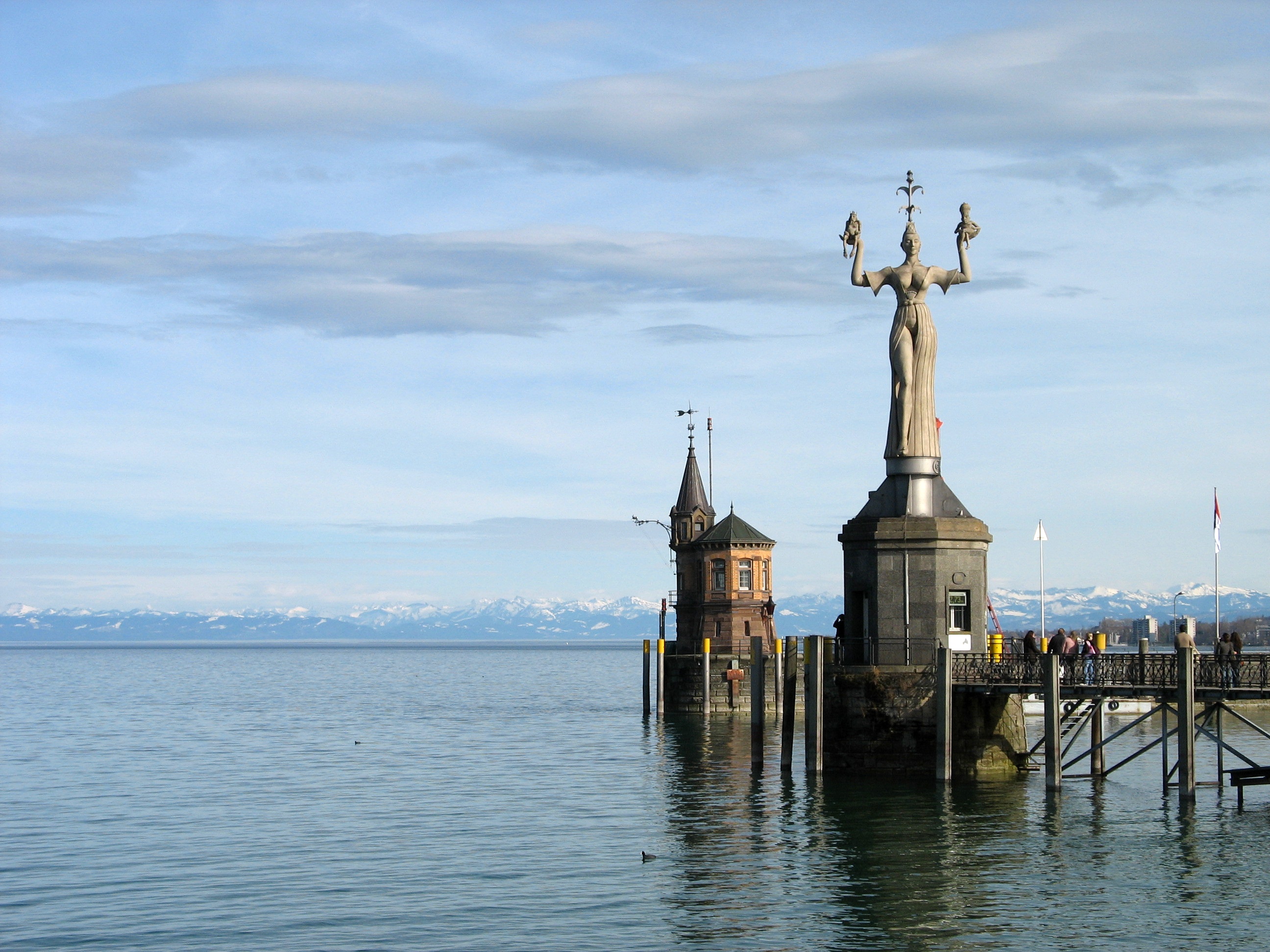|
Bahnhof Singen (Hohentwiel)
Singen (Hohentwiel) station is an important regional railway junction and interchange station in the town of Singen in the south of the German state of Baden-Württemberg. Three railways now meet there, but in the past five railways connected to it. The station is served by Intercity (Deutsche Bahn), InterCity trains on the Stuttgart Hauptbahnhof, Stuttgart–Zurich Hauptbahnhof, Zurich route. Name Deutsche Bahn officially call the station ''Singen (Hohentwiel)''. Because of its size and its significance for the Konstanz (district), district of Konstanz, the station is sometimes referred to as '' Singen Hauptbahnhof '' locally. In addition, the abbreviations ''Singen (Hohentw)'', ''Singen (Htw)'' and just ''Singen'' are used. Railway lines Singen is the starting point of the Stuttgart–Hattingen railway, Gäu Railway (''Gäubahn'') to Stuttgart Hauptbahnhof, Stuttgart. On this line, the city is a stop for Intercity (Deutsche Bahn), InterCity services between Stuttgart, Singen, Sc ... [...More Info...] [...Related Items...] OR: [Wikipedia] [Google] [Baidu] |
Singen
Singen (Low Alemannic German, Low Alemannic: ''Singe'') is an industrial city in the very south of Baden-Württemberg in southern Germany and just north of the German-Swiss border. Location Singen is an industrial city situated in the very south of Baden-Württemberg in Germany close to Lake Constance just north of the German-Swiss border and is the most important city in the Hegau area. Landmarks The most famous landmark of Singen is Hohentwiel, a volcanic stub on which there are the ruins of a fortress destroyed by French troops during the Napoleonic Wars. World War II 'Singen route' Singen is notable in military history for the Singen route in World War II. This route into Switzerland was discovered by Dutch naval lieutenant Hans Larive in 1940 on his first escape attempt from an Oflag (prisoner's camp for officers) in Soest. After being captured at the Swiss border near Singen, the interrogating Gestapo officer was so confident the war would soon be won by Germany that he t ... [...More Info...] [...Related Items...] OR: [Wikipedia] [Google] [Baidu] |
Konstanz (district)
Konstanz (or ''Constance'') is a ''Landkreis'' (district) in the south of Baden-Württemberg on the German-Swiss border, situated along the shores of Lake Constance. Neighboring districts are (from west clockwise) Schwarzwald-Baar, Tuttlingen, Sigmaringen and Bodenseekreis. To the south it borders the Swiss cantons of Zurich, Thurgau and Schaffhausen. The municipality of Büsingen am Hochrhein is an exclave of Germany surrounded by Swiss territory. History The district dates back to the ''Bezirksamt Konstanz'', which was created in 1806 when the area became part of Württemberg (since 1810 Baden). After some changes in its outline it was changed into the district in 1936, including part of the dissolved ''Bezirksamt Engen''. 1939 the city Constance became district-free, but was reintegrated into the district in 1953. 1973 it was merged with the neighboring district Stockach and some municipalities from the districts Sigmaringen and Donaueschingen. Geography The district is loc ... [...More Info...] [...Related Items...] OR: [Wikipedia] [Google] [Baidu] |
Zürich
Zürich () is the list of cities in Switzerland, largest city in Switzerland and the capital of the canton of Zürich. It is located in north-central Switzerland, at the northwestern tip of Lake Zürich. As of January 2020, the municipality has 434,335 inhabitants, the Urban agglomeration, urban area 1.315 million (2009), and the Zürich metropolitan area 1.83 million (2011). Zürich is a hub for railways, roads, and air traffic. Both Zurich Airport and Zürich Hauptbahnhof, Zürich's main railway station are the largest and busiest in the country. Permanently settled for over 2,000 years, Zürich was founded by the Roman Empire, Romans, who called it '. However, early settlements have been found dating back more than 6,400 years (although this only indicates human presence in the area and not the presence of a town that early). During the Middle Ages, Zürich gained the independent and privileged status of imperial immediacy and, in 1519, became a primary centre of the Protestant ... [...More Info...] [...Related Items...] OR: [Wikipedia] [Google] [Baidu] |
Stuttgart
Stuttgart (; Swabian: ; ) is the capital and largest city of the German state of Baden-Württemberg. It is located on the Neckar river in a fertile valley known as the ''Stuttgarter Kessel'' (Stuttgart Cauldron) and lies an hour from the Swabian Jura and the Black Forest. Stuttgart has a population of 635,911, making it the sixth largest city in Germany. 2.8 million people live in the city's administrative region and 5.3 million people in its metropolitan area, making it the fourth largest metropolitan area in Germany. The city and metropolitan area are consistently ranked among the top 20 European metropolitan areas by GDP; Mercer listed Stuttgart as 21st on its 2015 list of cities by quality of living; innovation agency 2thinknow ranked the city 24th globally out of 442 cities in its Innovation Cities Index; and the Globalization and World Cities Research Network ranked the city as a Beta-status global city in their 2020 survey. Stuttgart was one of the host cities ... [...More Info...] [...Related Items...] OR: [Wikipedia] [Google] [Baidu] |
Singen Cisalpino 1
Singen (Low Alemannic: ''Singe'') is an industrial city in the very south of Baden-Württemberg in southern Germany and just north of the German-Swiss border. Location Singen is an industrial city situated in the very south of Baden-Württemberg in Germany close to Lake Constance just north of the German-Swiss border and is the most important city in the Hegau area. Landmarks The most famous landmark of Singen is Hohentwiel, a volcanic stub on which there are the ruins of a fortress destroyed by French troops during the Napoleonic Wars. World War II 'Singen route' Singen is notable in military history for the Singen route in World War II. This route into Switzerland was discovered by Dutch naval lieutenant Hans Larive in 1940 on his first escape attempt from an Oflag (prisoner's camp for officers) in Soest. After being captured at the Swiss border near Singen, the interrogating Gestapo officer was so confident the war would soon be won by Germany that he told Larive the ... [...More Info...] [...Related Items...] OR: [Wikipedia] [Google] [Baidu] |
Schengen Area
The Schengen Area ( , ) is an area comprising 27 European countries that have officially abolished all passport and all other types of border control at their mutual borders. Being an element within the wider area of freedom, security and justice policy of the EU, it mostly functions as a single jurisdiction under visa policies in the European Union, a common visa policy for international travel purposes. The area is named after the 1985 Schengen Agreement and the 1990 Schengen Convention, both signed in Schengen, Luxembourg. Of the 27 EU member states of the European Union, member states, 23 participate in the Schengen Area. Of the five EU members that are not part of the Schengen Area, three—Bulgaria and the European Union, Bulgaria, Cyprus and the European Union, Cyprus and Romania and the European Union, Romania—are legally obligated to join the area in the future; Croatia has been approved to join on January 1, 2023; Ireland and the European Union, Ireland maintains ... [...More Info...] [...Related Items...] OR: [Wikipedia] [Google] [Baidu] |
ICE 3
ICE 3, or Intercity-Express 3, is a family of high-speed electric multiple unit trains operated by Deutsche Bahn. It includes classes 403, 406, 407 and 408, which are known as ICE 3, ICE 3M, New ICE 3 and ICE 3neo respectively. Three multisystem trains, known as ICE International, are owned by Nederlandse Spoorwegen (NS, Dutch Railways). Based on the ICE 3M/F, Siemens developed its Siemens Velaro train family with versions used in Germany, Belgium, France, the United Kingdom, the Netherlands, Spain, China, Russia and Turkey. Class 403 The design goal of the ICE 3 (Class 403) was to create a higher-powered, lighter train than its predecessors. This was achieved by distributing its 16 traction motors underneath the whole train. The train is licensed for and has reached on trial runs. On regular Intercity-Express services they run at up to , the maximum design speed of German high-speed lines. Because the train does not have power cars, the whole length of the train is availa ... [...More Info...] [...Related Items...] OR: [Wikipedia] [Google] [Baidu] |
Intercity Express Taufname Singen (Hohentwiel)
InterCity (commonly abbreviated ''IC'' on timetables and tickets) is the classification applied to certain long-distance passenger train services in Europe. Such trains (in contrast to regional, local, or commuter trains) generally call at major stations only. An international variant of the InterCity trains are the EuroCity (EC) trains which consist of high-standard coaches and are run by a variety of operators. History The Inter-City Rapid Transit Company was an Ohio interurban company, which began operations in 1930 as it had purchased its route from the Northern Ohio Traction & Light Company. It remained in operation till 1940. The use of ''Inter-City'' was reborn in the United Kingdom: A daily train of that name was introduced in 1950, running between the cities of London and Birmingham. This usage can claim to be the origin of all later usages worldwide. In 1966 British Rail introduced the brand InterCity for all of its express train routes, and in 1986 the ter ... [...More Info...] [...Related Items...] OR: [Wikipedia] [Google] [Baidu] |
Randen Railway
{{Geodis ...
Randen may refer to: * Randen (mountain range), in Switzerland and Germany * Randen, a tram line of the Keifuku Electric Railroad in Japan See also * Randens Randens (; frp, Randèns) is a former commune in the Savoie department in the Auvergne-Rhône-Alpes region in south-eastern France. On 1 January 2019, it was merged into the new commune Val-d'Arc Val-d'Arc (, literally ''Vale of Arc'') is a ... [...More Info...] [...Related Items...] OR: [Wikipedia] [Google] [Baidu] |
Konstanz Station
Konstanz (, , locally: ; also written as Constance in English) is a college town, university city with approximately 83,000 inhabitants located at the western end of Lake Constance in the south of Germany. The city houses the University of Konstanz and was the residence of the Roman Catholic Diocese of Konstanz for more than 1,200 years. Location The city is located in the state of Baden-Württemberg and situated at the banks of Lake Constance (''Bodensee'' in German). The river Rhine, which starts in the Swiss Alps, passes through Lake Constance and leaves it, considerably larger, by flowing under a bridge connecting the two parts of the city. North of the river lies the larger part of the city with residential areas, industrial estates, and the University of Konstanz; while south of the river is the old town, which houses the administrative centre and shopping facilities in addition to the ''Hochschule'' or the ''University of Applied Sciences''. Car ferries provide access acr ... [...More Info...] [...Related Items...] OR: [Wikipedia] [Google] [Baidu] |
Basel Badischer Bahnhof
Basel Badischer Bahnhof (literally "Basel Baden Railway station", the name referring to the Grand Duchy of Baden State Railways, which built the station) is a railway station situated in the Swiss city of Basel. The station is situated on Swiss soil, but is operated by the German railway company Deutsche Bahn. A customs border is situated in the passenger tunnel between the tracks and the station hall. It is listed as a Swiss heritage site of national significance. The station is served by three lines of the tri-national Regio S-Bahn Basel, and ICE and EC/IC lines to and from Freiburg, Karlsruhe, Mannheim, Frankfurt, Hamburg, Berlin and other cities in Germany. The station is the smaller of the two largest railway stations in Basel, the other being Basel SBB, which is operated by the Swiss Federal Railways (SBB CFF FFS). History In March 1838, the Grand Duchy of Baden State Railways started working on a railway line from Mannheim via Heidelberg, Karlsruhe and Frei ... [...More Info...] [...Related Items...] OR: [Wikipedia] [Google] [Baidu] |




